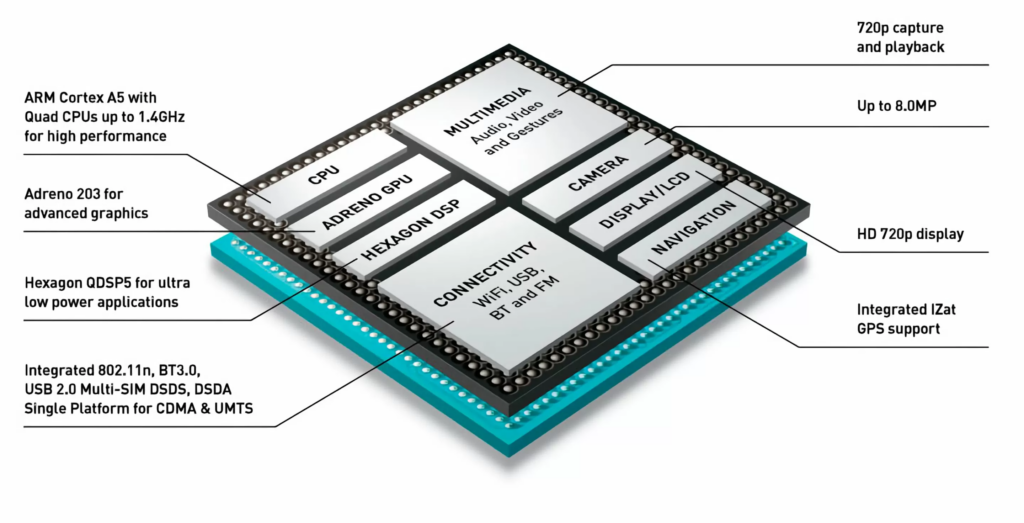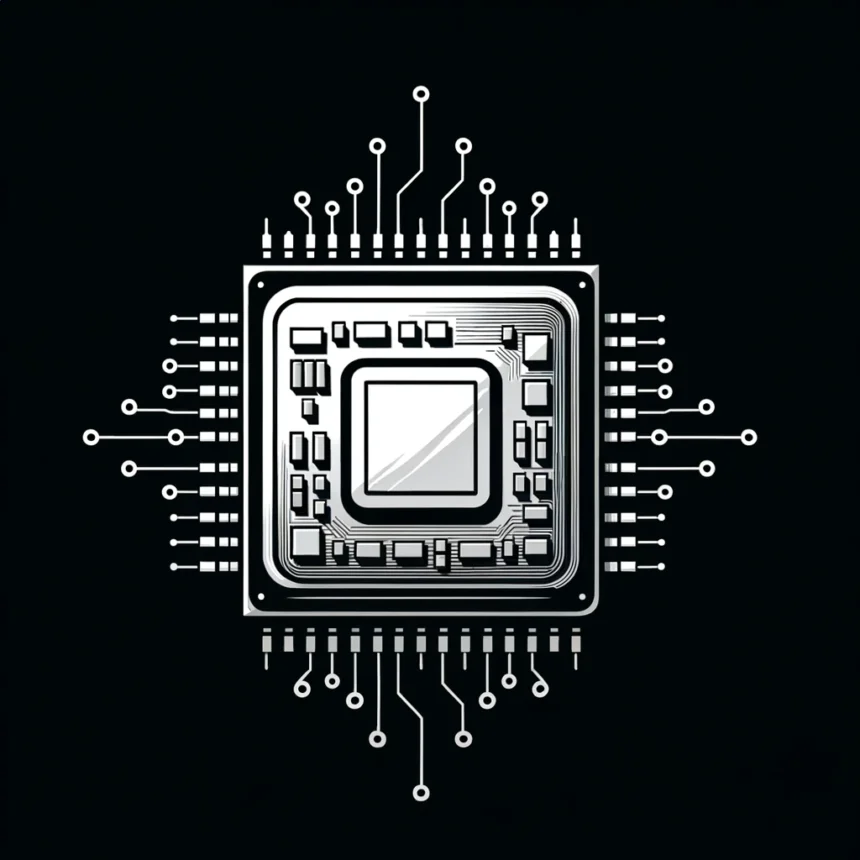Windows Support for ARM Chips Is Expected mid-2024.
Today, Google announced that its browser, Chrome, is ready for a native build for ARM-powered Windows laptops. The timing is perfect for the anticipated mid-2024 relaunch of Windows-on-ARM. This launch will harness the performance and usability of ARM-powered devices, leveraging Qualcomm’s Snapdragon X Elite CPU to bring a new age of viable ARM-powered Windows laptops.
An ARM chip is a type of computer processor designed to perform tasks efficiently. Basically, an ARM chip processes functions while consuming less power. It is the smart, energy-saving brain inside your smartphone, tablet, or even some laptops.
Traditional computing chips can be powerful but energy hungry (more power = less battery life). ARM chips are like a clever hybrid car engine; they provide the power you need without wasting fuel. This makes them perfect for devices where battery life is important. ARM chips allow users to do more (work or play browse, take pictures, stream media, etc.) without constantly searching for a power outlet.

What’s Happening & Why This Matters
Windows’ journey towards ARM compatibility is reaching a critical juncture with Chrome’s intro of a production-ready version designed for ARM-compatible Windows PCs. This collaboration between Google and Qualcomm signifies a major shift in software development for ARM architectures. This promises users a browsing experience that is “fully optimized for your PC’s [ARM] hardware and operating system”. ARM for Chrome and Windows means faster, smoother web navigation.
Apple Silicon Chips
Apple’s transition to ARM-based Apple Silicon with the M1 chip (Nov 2022) challenged existing CPU architectures and set new standards for performance and efficiency. Qualcomm’s response, the Snapdragon X Elite chip, aims to match Apple Silicon’s capabilities with high-quality ARM hardware for Windows. While the Snapdragon X Elite is slated for a mid-2024 release, Chrome’s readiness with a native ARM version highlights industry commitment to embracing ARM architectures.

Chrome’s ARM Version
With most software still written in x86 architecture, the introduction of Chrome for ARM presents a significant milestone. It means that, for users of ARM-powered Windows laptops, the primary browser — often the most used PC application — no longer needs to run through a translation layer. Avoiding translation reduces performance penalties. Google’s initiative to launch Chrome for ARM ahead of the Snapdragon X Elite’s release is proactive as computing hardware evolves.
TF Summary: What’s Next
The launch of Chrome for ARM Windows processors marks a pivotal moment in the adoption of ARM technology in mainstream computing. As we see widespread availability of ARM-powered Windows laptops, supported by Qualcomm’s Snapdragon X Elite chip, users can expect a boost in performance, efficiency, and software compatibility.
This development not only highlights the growing synergy between hardware manufacturers and software developers but also sets the stage for a future where ARM-based computing could become the norm rather than the exception. With major players like Google and Qualcomm, the coming years could witness a transformation in how we think about and interact with our computing devices.
_________________________________________________________


